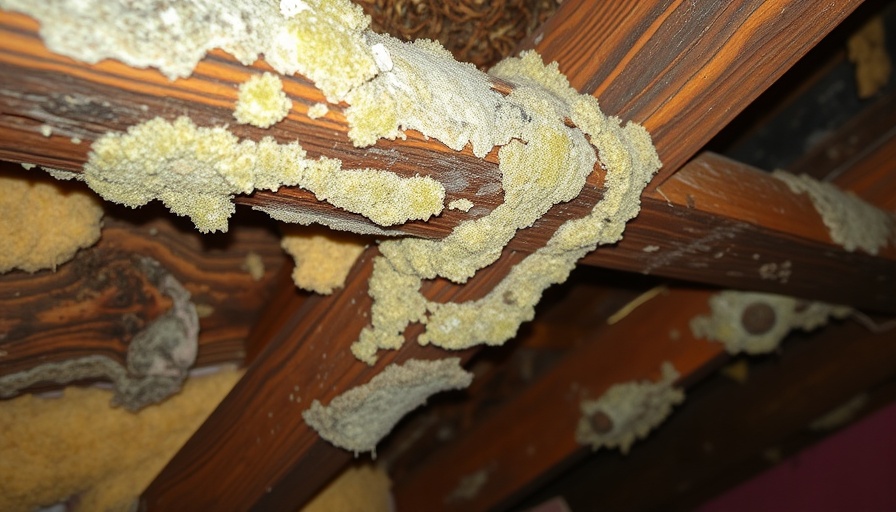
Understanding Attic Mold: Key Causes and Solutions
Attic mold is a problem that many homeowners face, often without realizing its causes and consequences. Mold thrives in warm, damp, and humid environments, making attics a perfect breeding ground. Neglecting this issue can lead to significant damage over time, not just to your home but also to your health. Below, we explore some of the most common reasons for attic mold and offer actionable steps to mitigate this risk.
Leaky Roofs Are Major Culprits
One of the most significant causes of mold in attics is roof leaks. Signs of a leaky roof often include mold growth on rafters, insulation, and roof sheathing. Common sources of leakage include damaged flashing or wear and tear around chimneys and skylights. Luckily, conducting annual roof inspections can help identify these problems before mold takes hold, preventing costly repairs down the line.
Bathroom Exhaust Fans: A Misguided Installation
Another major source of attic mold comes from improperly installed bathroom exhaust fans. When these fans vent into the attic instead of directly outside, they release moist air that can condense on cold surfaces, ultimately creating an environment conducive to mold growth. To avoid this, ensure that bathroom fans are properly vented outside your home.
The Importance of Proper Insulation
Using the wrong insulation type or failing to install it correctly can trap moisture in your attic, leading to mold proliferation. By focusing on professional insulation installation and using appropriate materials, you can ensure effective moisture control and minimize the risk of mold. Keeping insulation in good condition is just as important; damaged or compressed insulation needs to be replaced.
Ventilation: Essential Yet Often Overlooked
Inadequate ventilation is another key factor in the development of attic mold. Proper ventilation allows moisture to escape and helps regulate temperatures in the attic. A well-balanced ventilation system, with equal amounts of incoming and outgoing air, can drastically reduce moisture buildup. Avoiding the placement of insulation in soffit vents is crucial, as it can block airflow and lead to increased temperatures and potential ice dam formation in colder months.
Left unattended, mold can circulate throughout your home, posing serious health risks such as respiratory issues and allergic reactions. To combat attic mold, regular inspections and proper maintenance can go a long way in safeguarding both your home and health. If you suspect mold growth in your attic, consulting a professional for an evaluation and remediation should be the next step you take.
Take Action to Protect Your Home Today!
Your attic shouldn’t be a hidden hazard in your home. By understanding the root causes of attic mold and taking proactive measures, you can ensure a safe and healthy environment. Don’t wait until it's too late—implement these strategies to protect your home from mold and moisture issues.
 Add Row
Add Row  Add
Add 




Write A Comment